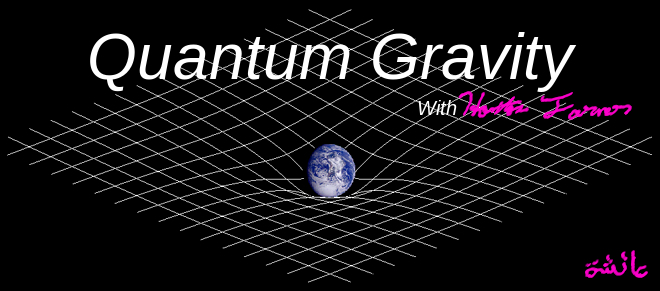Gravitational waves and particle physics experiments being mixed is something I have theorized about for a couple of years (1). Now a new paper by Suvrat Rao, Marcus Brüggen, and Jochen Liske has taken this to another level (2). They have worked out and demonstrated in detail how a circular particle accelerator such as the LHC could be used to observe gravitational waves in the mHz range. This differs from experiments such as LIGO and LISA in the physical mechanism by which the gravitational waves would be detected.
How would this work?
LIGO and LISA are both interferometers. They work by measuring the change in the very definition of distance between points, the metric, as a gravitational wave passes. In general relativity the presence of a massive body modifies the definition of distance between points. Masses in motion, orbiting each other would send out waves which would be a periodic changing of this definition of distance. (If you know a bit of algebra you can think of a metric as a generalization of the Pythagorean theorem a^2+b^2=c^2 which defines distance between points in a two dimensional plane).
Rao, Brüggen and Liske propose that “Since the proton bunches in the particle accelerator can, in principle, be confined to a circular trajectory for a very long time, their geodesics can be monitored over a sufficiently long period for mHz GWs to cause a measurable change in the proton bunch travel time.” (2)
In two-dimensional space a geodesic is a straight line. This is also true in 4D space time when no masses are present. A geodesic is a generalization of the concept of a straight-line path from one point to another.
As the gravitational wave passes through the circular accelerator it would have the effect of causing the circle to shrink and expand by a tiny imperceptible amount. The diameter of the circle changing by the width of a proton. In principle this could be measured by careful enough measurements of the time it takes for a proton bunch to cycle around the circumference of the particle accelerator.
This differs greatly from my very theoretical proposal which was meant to demonstrate the concept or provide a toy model to thinking about and motivate a more theoretical calculation (1) see slides 34-40 . A calculation that might map more directly to a linear particle accelerator facility. Somehow keeping careful track of how beam shape varies as a gravitational wave passes. So, let me make this clear I simply think great minds thought alike. I take it as validation of my own crazy ideas to see others also think them.
One commonality between my toy model this proposal is that such a particle physics based experiment should coordinate with LIGO LISA and similar well understood gravitational wave observatories. At least at first observation of a gravitational wave by this particle physics based technique could be confirmed if they are also detected by LIGO or LISA.
What would we learn from mHz Gravitational waves?
The simplest way to think of this is in terms of colors. Each gravitational wave observatory is sensitive to a certain frequency band. Each band can be thought of as a “color” of gravitational wave. Just as different frequencies/ wavelengths of light correspond to different colors. Being able to see more parts of the spectrum of gravitational waves is like being able to see more of a rainbow.
With one gravitational wave observatory, LISA sensitive to one frequency range, it is like being an animal which does not have eyes but has just two light sensitive spots. With this one may tell intensity and direction to a degree. However, color and detail cannot be found. Having more gravitational wave observatories would, in simple terms, allow us to see the true color of gravitational waves.
It would be as eye opening as being able to see in infrared when it is dark.
How about Quantum Effects?
The one quantum effect we are sure would exist in this situation is uncertainty in the timing due to the uncertainty in the location of protons in the proton bunch. The authors performed a fine computation of the effect this would cause assuming no quantum gravitational effects. It is on the order of 10^-20 seconds. Thinking through the computation in my head, not having done any work so I could be wrong, any quantum gravitational correction would roughly be the square of this noise effect about 10^-40. Without any calculation the standard assumption would be that the correction due to quantum gravitational effects would be on the order of the Planck time 10^-44 seconds.
So, we would not have the ability to time the proton travel to that level of precision. A technique based on timing in a circular particle accelerator would not be able to do it with any current technology that I know of.
That said, as I said in my own presentation this is a fundamental observation that should be done just to see what we would learn from it. This is fundamental science and I hope to live to see a particle physics laboratory take up doing this work.
References
- Formal Unification of Gravity and Particle Physics in Lagrangian Euclidean Space with Experimental Predictions. Farmer, Hontas. Denver Colorado USA : American Physical Society, 2019. http://meetings.aps.org/Meeting/APR19/Session/Z13.5
- Detection of gravitational waves in circular particle accelerators. Rao, Suvrat, Brüggen, Marcus and Liske, Jochen. s.l. : American Physical Society, Physical Review D. eprint arXiv:2012.00529. https://arxiv.org/abs/2012.00529



Comments